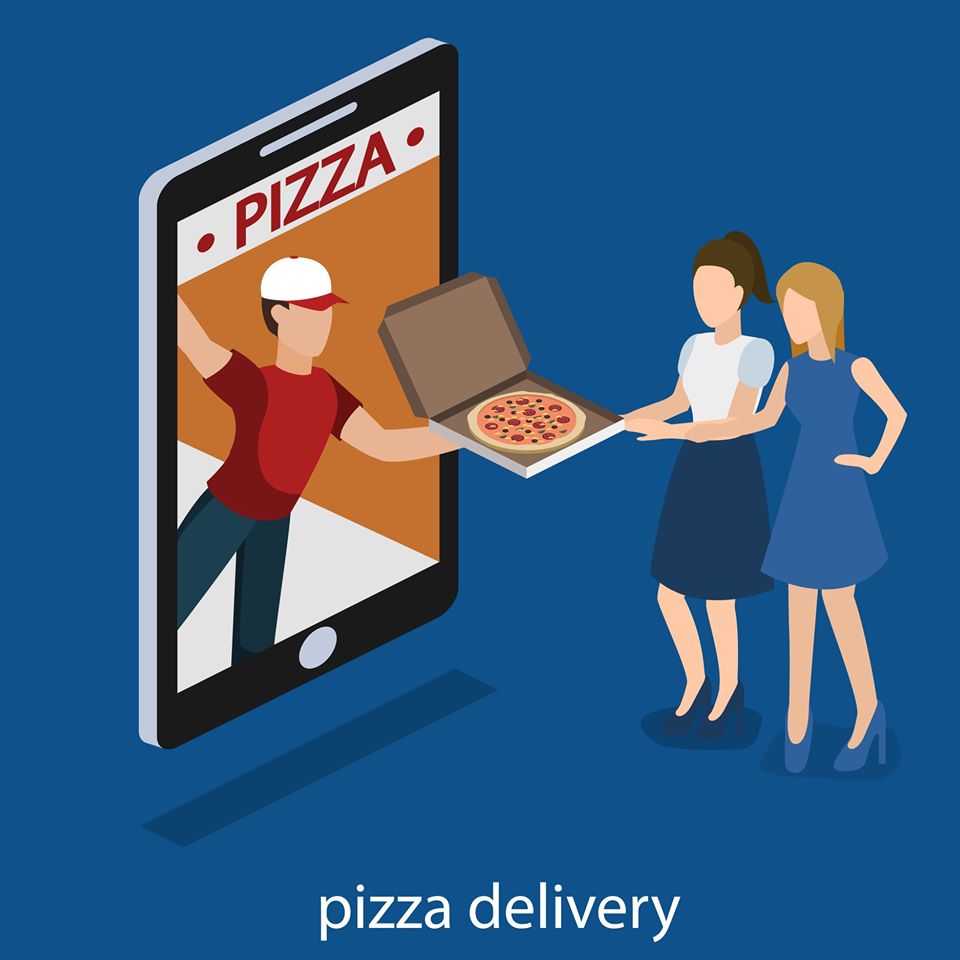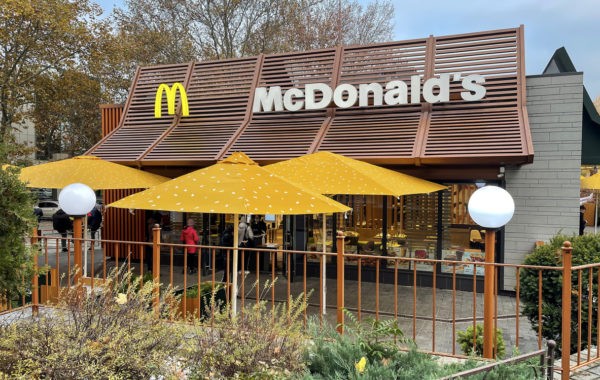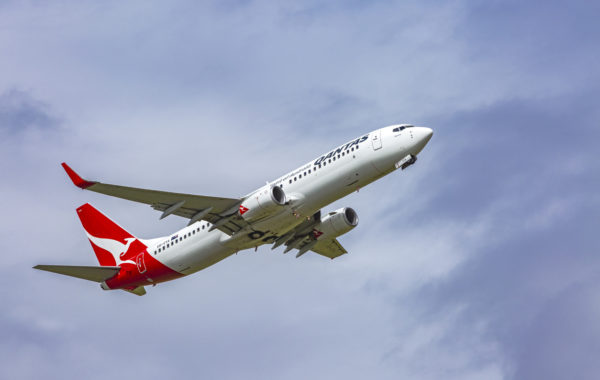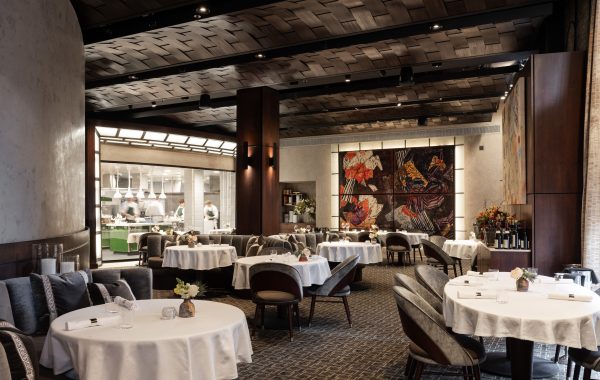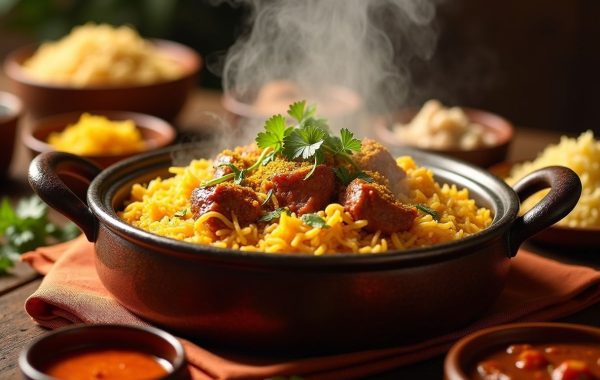Photo : Shutterstock
From being able to deliver pizza in 30 minutes to saving units of electricity, digital is playing a big role in increasing efficiencies at India’s Quick Service Restaurants. The food industry isn’t synonymous with early technology adoption. However, the need to create a competitive differentiator alongside soaring customer expectations have forced companies in this sector to turn to technology.
When free pizzas become unviable
Take for example Jubilant FoodWorks, the master franchisee for Domino’s and Dunkin’ Donuts in India, which delivers 200,000 pizzas to 100,000 customers every day across the nation. The USP for Domino’s lies in its commitment of fulfilling an order within 30 minutes. While the company has always promised to deliver the pizza in 30 minutes, it realised that it was not keeping up to the expectations. The company then thought to bring in digital to create transparency and keep up to the customer’s expectations.
It now uses AI, coupled with historical data and behaviour analysis, for order forecasting for each restaurant.
“It’s the Order Propensity model that we work on. This model gives us the probability of a customer placing an order based on his click trails, behaviour analysis and historical data,” explained, Jubilant FoodWorks spokesperson.”
Also Read: Sandvik’s Industrial Heating Expertise Creates The World’s Fastest Pizza
“Once you add a pizza to the cart, the probability sets to 60 per cent that you will place the order. Now, you go and choose the address for the order delivery, which increases the probability to 80 per cent. The system now pushes the order to the restaurant. While you reach the payment option, the probability gets as high as 95 per cent. By the time the whole payment process is completed, the order is already half-way made,” the Jubilant spokesperson revealed. But it is not just at the customer end that these technologies are making huge changes.
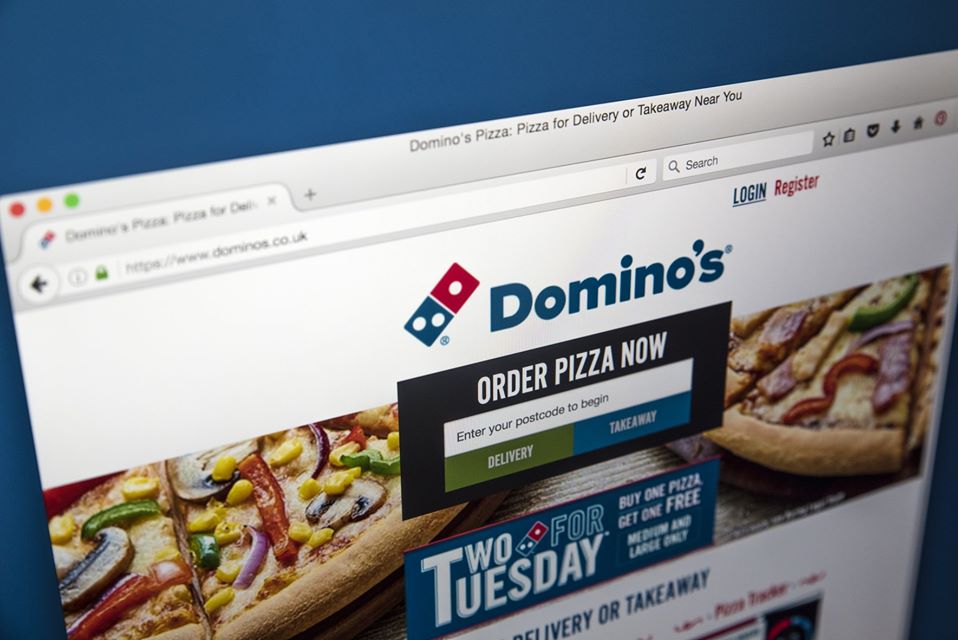
Lowering power usage
Hardcastle Restaurants Pvt Ltd (HRPL) which manages McDonald’s restaurants and business functions in West & South India use technology to efficiently manage its energy utilization. An Energy Management System (EMS) has been deployed across all the restaurants which monitor and optimizes the usage of gas, diesel and electricity.
“The IoT-enabled EMS has helped us increase profitability and also significantly cut down on carbon footprint. If the readings are going up or down they can quickly take action and they don’t need to really rely on manual processes anymore,” said Akshay Jatia, Director- IT & Brand Extensions at Hardcastle Restaurants.
Also Read: Food Delivery In India Via Drones?
“It enables cost-saving once you’re able to proactively understand what’s going on and then take decisions. It also enhanced strategic clarity from a utility point of view in our P&L,” Jatia said.
By deploying this solution, HRPL has been able to save around 28 lakhs units of electricity, close to 2,400 cylinders, and reduced carbon footprint by around 2,300 tonnes.
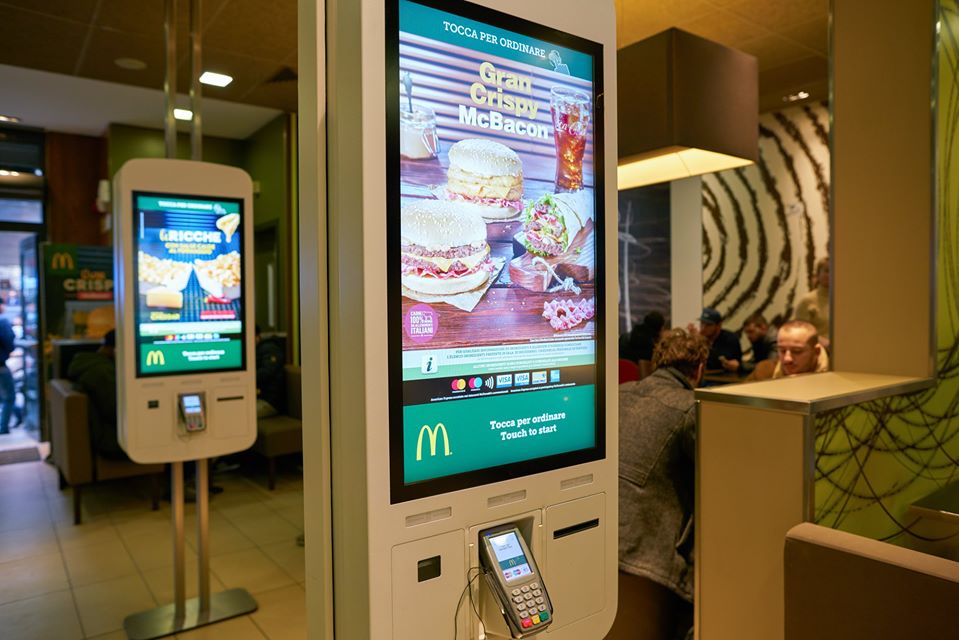
First appeared on Economic Times
Related Coverage:


